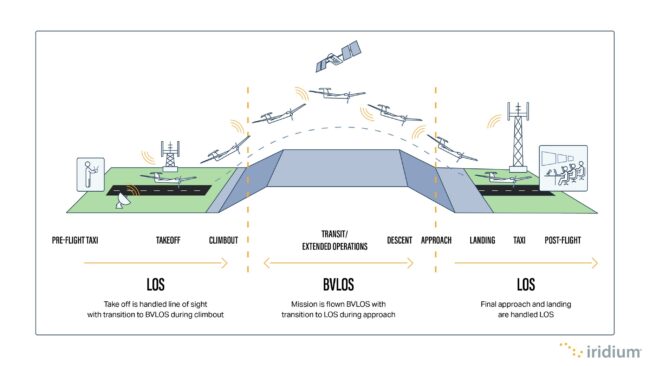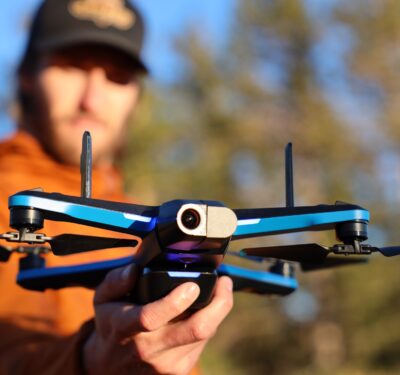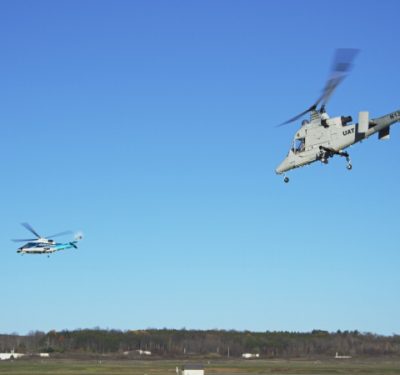
MCLEAN, Va.—Iridium Communications Inc. has announced the results of an unmanned aircraft system flight trial highlighting BVLOS capabilities in the National Airspace System with a published white paper, “Monitored BVLOS: A New Model for UAS Integration in the National Airspace System.”
The white paper highlights and solves for challenges faced in enabling a safe, scalable and efficient adoption of UAS in the NAS, including how to maintain safe separation of aircraft and what supportive commercial off-the-shelf avionics are readily available.
As part of the flight trial, a remote pilot in command (RPIC) drone equipped with Iridium Connected COTS avionics identified an intersecting aircraft at five nautical miles of separation with a closure rate of 300 knots. The remote pilot successfully performed a BVLOS evasive maneuver in less than 18 seconds from detection to completion, maintaining two nautical miles of separation.
Based on this flight trial, conducted in partnership with American Aerospace Technologies Inc., Iridium confirmed that a simplified minimum equipment list, or MEL, could enable a RPIC to safely monitor a mission, communicate with air traffic control and ensure safe instrument flight rules separation from other aircraft. The results also showed that BVLOS operations are ideal for Class E airspace, as it presents a greatly reduced risk of encountering other crewed visual flight rules aircraft. The analysis was completed following the trial flight of a 220-pound, medium altitude, fixed-wing aircraft, known as the AiRanger, over agricultural land near Bakersfield, California.
The flight trial provided needed data regarding how RPIC operations and procedures inform decision-making, how long maneuvers take to complete over BVLOS communication links, and as a result, the ability to maintain safe separation. With these points in mind, the whitepaper suggests a simplified FAA BVLOS waiver process, including the recommended MEL, and provides a proposed template for consideration.
“With a standardized and simplified BVLOS waiver process, we are confident the drone industry could take advantage of the proven and now recommended MEL,” said John Peterson, executive director of aviation for Iridium. “Applying a BVLOS MEL in Class E airspace when flying in low-density population or rural or remote areas would be a great step toward dramatically increasing innovation and operational efficiency.”
During the test flight, the team also studied latency, ADS-B distribution, and continuity of communications between satellite, LTE and 900 Mhz line of sight radio links. It was found in this specific location—1,500 feet above ground level—the reliability of Iridium satellite communication was superior to the LTE link, and the RPIC preferred the aircraft command responses over satellite communication versus the 900 Mhz LOS radio.
Expansion of this flight trial using a broader range of equipment and scenarios that further enhance an MEL, as well as a more efficient waiver submission process, could present certification agencies and operators with a scalable path forward for monitored BVLOS operations, the company said. The results of the test flight demonstrate a segment of the drone market could successfully scale in linear inspection with fixed-wing aircraft in rural and remote regions, bringing faster innovation in technology and realized efficiency to the respective industries they serve.
For a copy of Iridium’s BVLOS whitepaper, go here.






